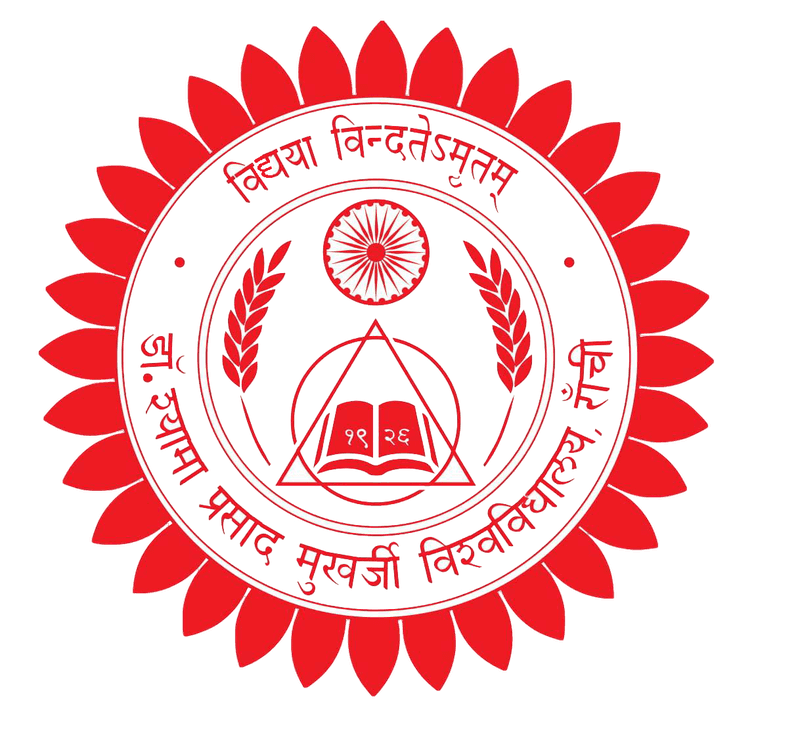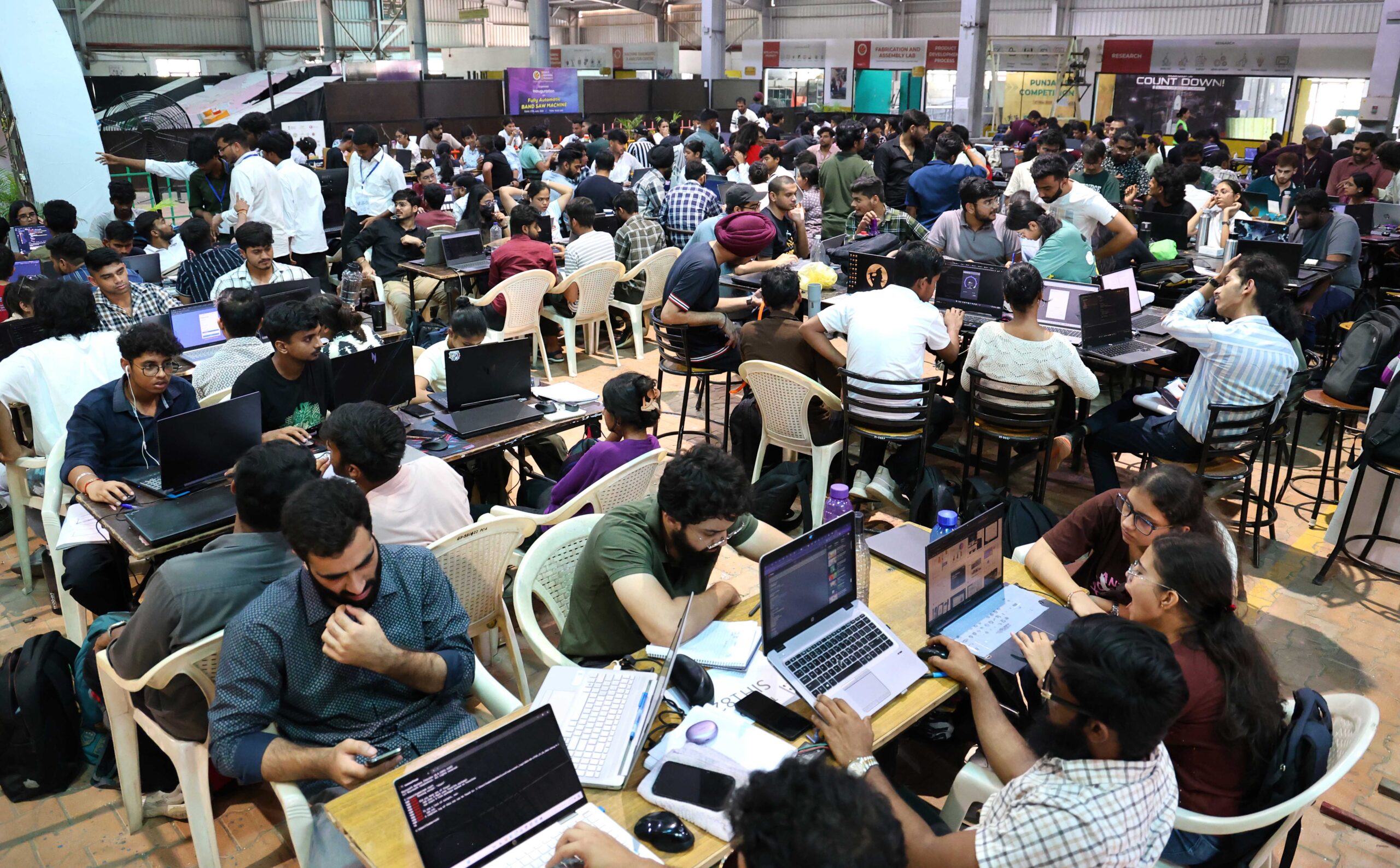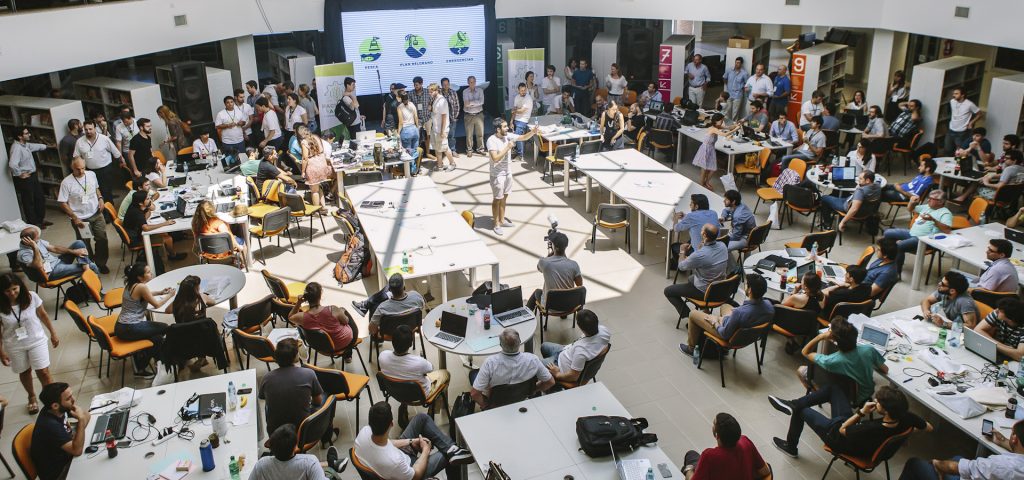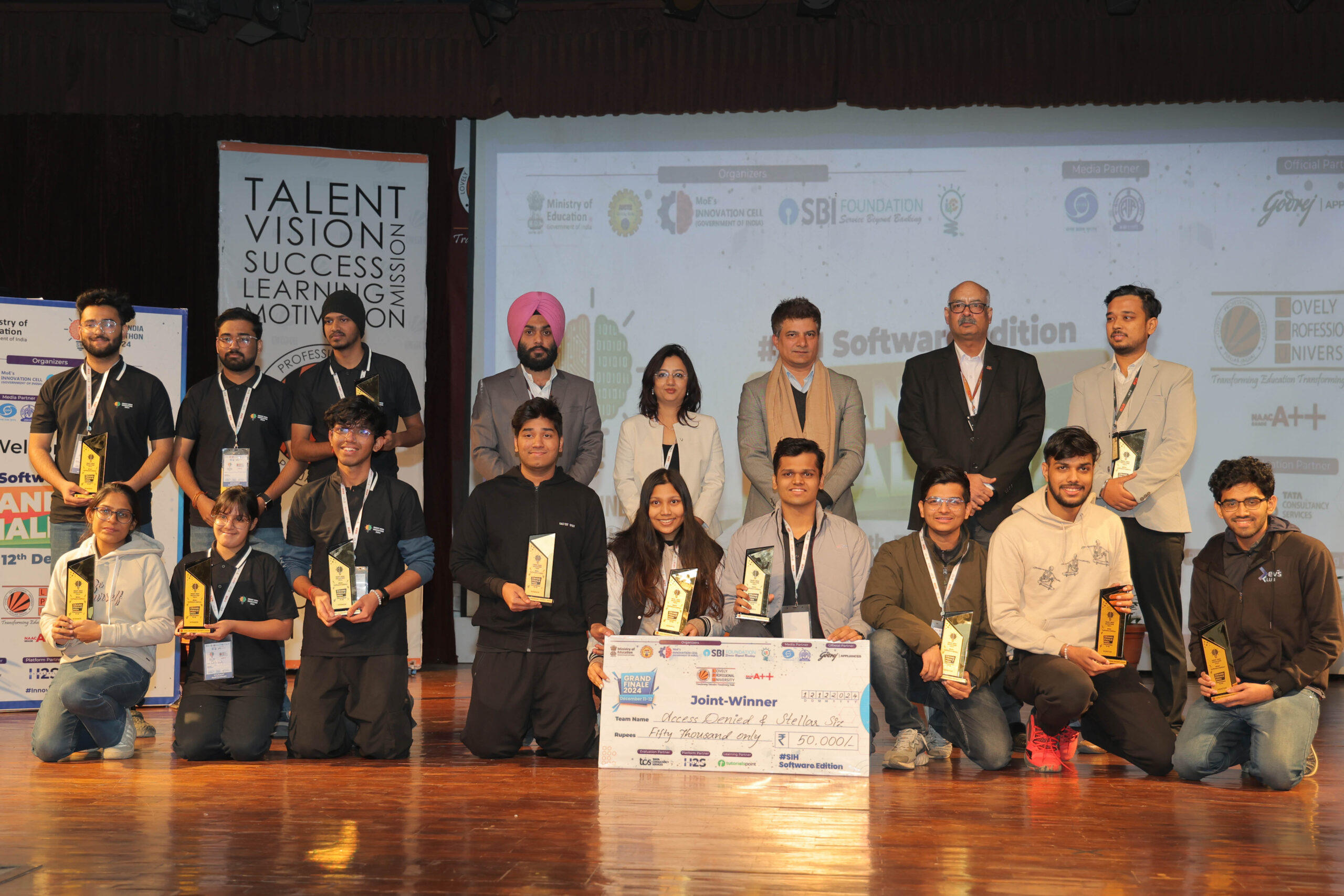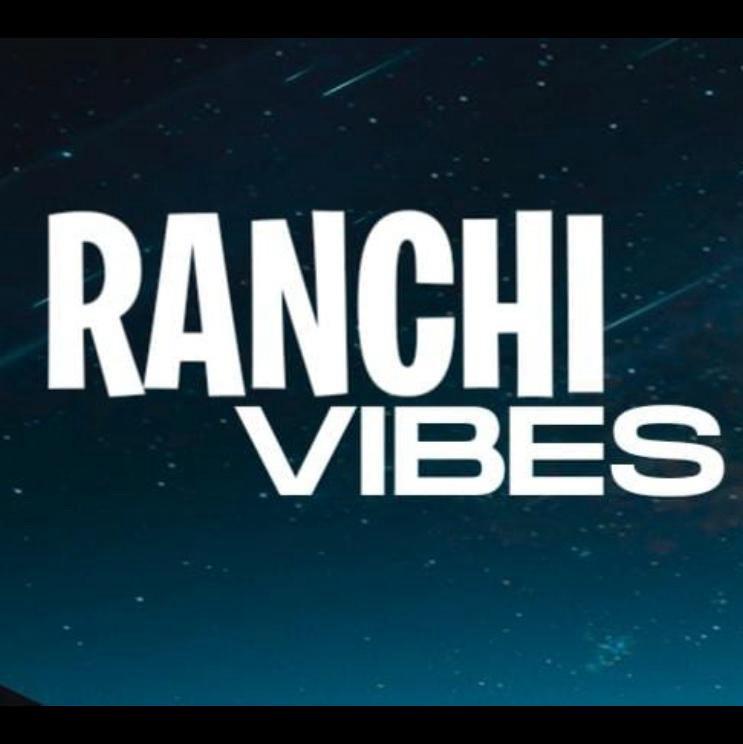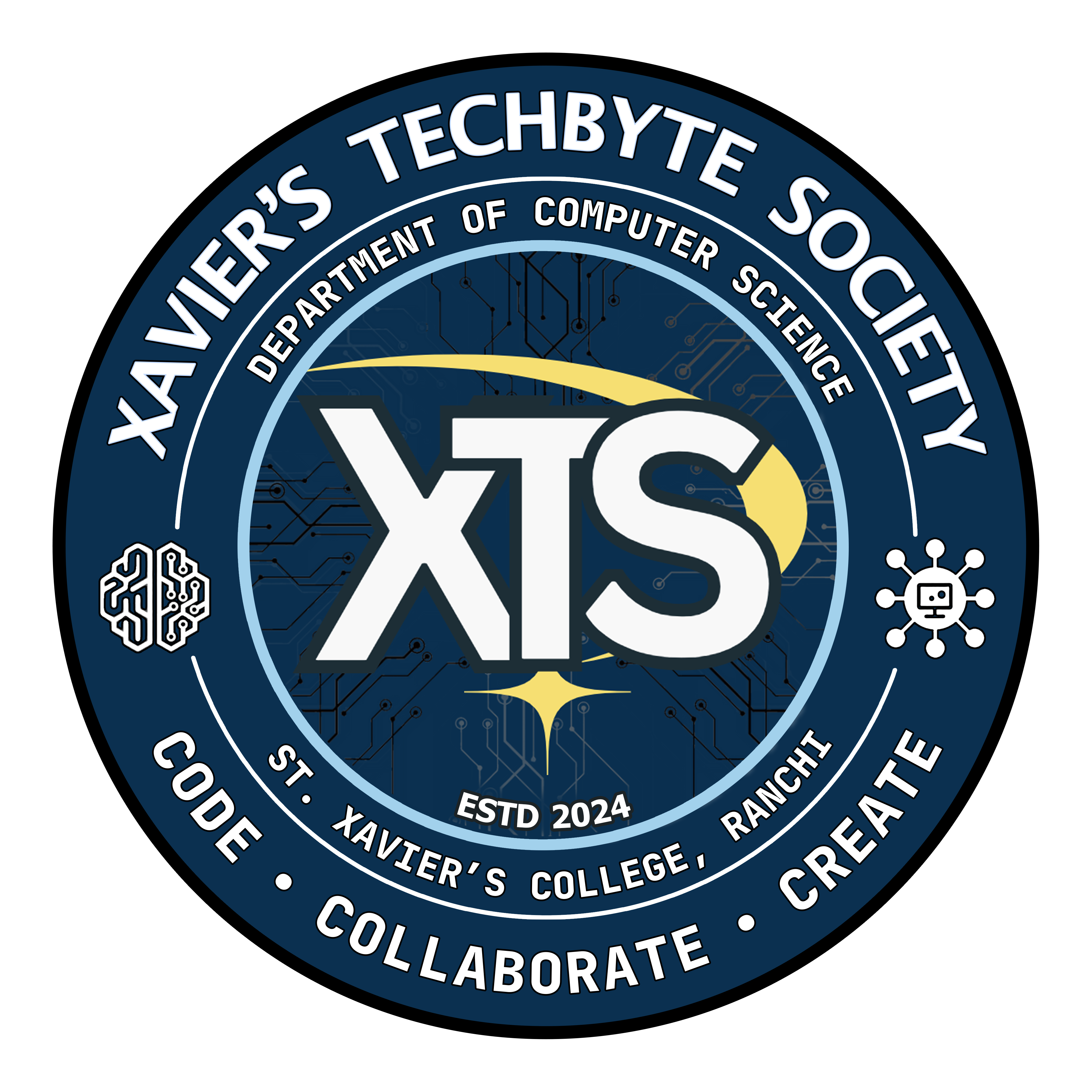Overview
A competitive coding and innovation challenge where teams develop solutions to real-world problems. Participants will brainstorm, code, and present their ideas within a limited time frame to showcase their creativity and technical skills.
⚠️ Notice:
Registration Closed
The participant limit has been reached; therefore, we are now closing registrations for the hackathon.
Important Guidelines for Hackathon Participants
All participants are required to develop their products/software before arriving at the hackathon. Additionally, each team must prepare a presentation that effectively explains their project.
-
On the day of the hackathon, teams will be expected to:
- Showcase their product or software
- Present their idea, development process, and outcomes to the judges and audience
- Presentation time:- 12min
- No. of slides in the presentation:- 6 max
Make sure your product and your presentation is ready and impactful — this will be a key part of your evaluation.
Problem Statements
Software:
A Company, XYZ provides medical cards with some balance to their ex-employees. Make a web application to manage these Transactions.
CONSTRAINTS:
- Web application must consist User and Admin Panels.
- Assume that List of ex-employees is pre-existing (populate database for user with testing data).
- User Page: After successful login user with role 'USER' should be seeing a page consisting his/her a) Name, b)Employee-code, c) Address, d) Medical Card no. And Below the personal details a table of transactions done by his/her card, consisting a) claimed amount, b) passed amount, c) month, d) year and e) remarks.
-
Admin Page: After successful login with
role 'ADMIN' THE USER MUST BE redirected to the admin page,
containing certain utilities for the admin:
- Update Feature - the admin can update or change any details about the employee.
- Transaction Dump: A provision for admin to upload xlsx/csv file and its data directly to the database associated.
- Add Employee feature: admins can add employees to the database if new employee has to be added.
A web application specifically designed for Indian coal mines to quantify their carbon footprint and explore pathways to carbon neutrality.
Description:
India faces a complex challenge in balancing its reliance on coal for energy with its climate change commitments. Coal mining is a major source of carbon emissions, a greenhouse gas contributing to global warming. To achieve carbon neutrality, the Indian coal sector needs to offset its emissions. This can be done through a combination of strategies like reducing emissions from mining activities, adopting cleaner technologies, and offsetting remaining emissions by planting trees that absorb carbon dioxide. A web-based application can be a powerful tool in this journey by helping quantify a mine's carbon footprint and evaluate potential pathways to carbon neutrality.
The web based application will have following objectives:
- Activity wise quantification of Carbon emission in Coal Mines
- Estimation of existing Carbon Sinks
- Gap analysis between C emission and sinks and suggesting pathways to carbon neutrality
Expected Solution:
A comprehensive software solution that includes:
- Emission estimation: The app would allow users to input data on various mining activities (e.g., excavation, transportation, equipment usage) and estimate the associated carbon emissions based on established emission factors. Estimation of Per Capita emissions of a Mine.
-
Carbon Neutrality Pathways: The app could
offer features for simulating different emission reduction
strategies like:
- Clean technologies: Assessing the impact of adopting electric vehicles, methane capture systems, and renewable energy sources for mine operations.
- Afforestation offsets: Calculating the amount of land required for tree plantation to offset remaining emissions based on state specific afforestation plan and Carbon emission reduction.
- Other Renewables: explore alternative use of energy to reduce direct electricity consumption.
- Any other pathways: Carbon Credits: Estimation of potential Carbon credit earned as per present market rates.
- Data visualization: The app should present results visually, using charts and graphs to track emission trends and the effectiveness of implemented strategies.
- Scalability: Design the app to accommodate different mine sizes and types (underground vs open-cast).
Benefits:
- Transparency: Providing a clear picture of a mine's carbon footprint.
- Decision support: Helping mine operators make informed choices for emission reduction.
- Cost savings: Identifying opportunities to optimize operations and potentially reduce costs associated with emissions.
- Sustainability goals: Aiding Indian coal mines in their journey towards carbon neutrality and supporting the country's overall climate goals.
Smart Classroom Management Software for Enhanced Learning Environments
Description:
In modern educational settings, managing classrooms efficiently while ensuring a conducive learning environment is crucial. Traditional methods of classroom management are often manual, time-consuming, and prone to human error, which can disrupt the learning process. Leveraging software-based solutions in classroom management can enhance operational efficiency, ensure safety, and create an engaging learning atmosphere for students. This project aims to develop a smart software solution to streamline classroom operations, improve resource utilization, and enhance the overall learning experience.
The Smart Classroom Management Software (SCMS) can utilize advanced algorithms, data analytics, and cloud-based technologies to automate various aspects of classroom management. The system can potentially include (but not limited to) features such as:
- Attendance Automation: Use facial recognition algorithms or mobile app-based check-ins to automatically record student attendance. Generate real-time attendance reports accessible by teachers and administration.
- Resource Management: Track the usage of classroom resources such as projectors, computers, and other teaching aids through a centralized software platform. Automate the scheduling and maintenance of these resources to minimize downtime.
- Safety and Security Alerts: Implement software-based alerts for emergencies such as fire, unauthorized access, or other security concerns, integrated with existing security systems. Alert authorities and stakeholders through real-time notifications and reports.
- Interactive Learning Tools: Integration with existing smart boards and interactive displays to adapt to the teaching content and student needs. Provide real-time feedback and analytics on student engagement and performance.
- Data Analytics: Collect and analyze data on various classroom activities to provide insights into student behavior, attendance patterns, and resource utilization. Generate predictive reports to aid in decision-making and improve educational outcomes. AI-based Chatbot for helping students to understand their learning gaps.
Expected Output:
A fully functional prototype of the Smart Classroom Management Software (SCMS) demonstrating the above features through the integration of advanced algorithms, data analytics, and cloud-based technology. A user-friendly interface for students, teachers and administrators to interact with the system and access reports.
Description:
Visitors to museums often face several significant challenges due to manual ticket booking systems. One prominent issue is the inefficiency and time consumption associated with the process. Long queues are common, especially during peak hours, weekends, or special exhibitions, leading to frustration and impatience among visitors. Besides the wait times, the manual system is prone to errors, such as incorrect ticket issuance, double bookings, or lost records, which can cause further delays and inconvenience. Overall, these challenges associated with manual ticket booking systems significantly detract from the visitor experience, reducing satisfaction and potentially impacting the museum's reputation and visitor numbers.
The implementation of a chatbot for ticket booking in a museum addresses several critical needs, enhancing the overall visitor experience and streamlining museum operations. Here are the key reasons for adopting a chatbot ticket booking system:
- Improved Customer Service
- Efficient Handling of High Volumes
- Cost-Effective Solution
- Data Collection and Analysis
- Accessibility
- Reduced Human Error
- Multilingual Support
- Enhanced Marketing and Promotion
Expected Solution:
An efficient and responsive multilingual chatbot based ticketing system that can handle all kinds of bookings from gate entry to shows. Payment gateway should also be integrated to make it fully free from human intervention. It will also provide analytics to aid in more efficient decision making process.
Description:
Farmers often face uncertainties in market access, leading to fluctuating incomes. Contract farming can provide stability by ensuring farmers have guaranteed buyers for their produce.
Develop a comprehensive platform that facilitates assured contract farming agreements between farmers and buyers. This platform will enable transparent communication, secure contracts, and timely payments, ensuring farmers have a reliable market for their crops.
Expected Solution:
An online marketplace that connects farmers with potential buyers, offering tools for contract management, price negotiation, and secure payment processing, thereby enhancing income stability and reducing market risks.
Hardware:
Description: Disaster Management includes ideas related to risk mitigation and planning before, after, or during a disaster.
Description: Traditional solar tracking systems often rely on electrical components and motors, which can be costly and require maintenance. A non-electrical tracking system offers a sustainable and low-maintenance alternative to enhance the efficiency of solar panels.
Expected Solution: Develop a cost-effective, non-electrical device that can accurately track the sun’s movement and adjust the orientation of solar panels for optimal exposure. The device should be reliable, easy to install, and capable of operating without external power sources.
Background: Coal is the most important and abundant fossil fuel in India, accounting for 55% of the country's energy needs. With coal-fired thermal power plants contributing around ¾ of total power generation—and being the biggest source of carbon emissions—there is an urgent need to address these emissions. India's updated NDC aims to reduce the emissions intensity of its GDP by 45% by 2030 (from 2005 levels), while still navigating energy security challenges.
Description: Carbon Capture, Utilization, and Storage (CCUS) is a promising technology to meet energy security and emission reduction goals. Despite being acknowledged by the IPCC, CCS faces challenges in cost, technological barriers, and the availability of geological storage. This problem presents a potential opportunity for innovators, researchers, and start-ups.
Expected Solution: Develop a low-cost solution using indigenous technology for carbon capture and utilisation. The solution should focus on sustainable methods for storage and transport of carbon, converting CO₂ into value-added products (e.g., construction materials, fuels & chemicals, or carbon nano-materials), thus contributing to a circular carbon economy.
Description: Smart Education is a concept that describes learning in the digital age. It enables learners to learn more effectively, efficiently, flexibly, and comfortably through innovative digital tools and methods.
Description: Provide ideas on how decentralized and distributed ledger technology—used to store digital information powering cryptocurrencies and NFTs—can radically change multiple sectors. Explore innovative applications that go beyond traditional use cases.
Rules and Regulations
23/04/2025
Only Teams can Participate.
First 30 teams will be selected, so hurry up and register now.
Team Composition:
- Teams can have Maximum 6 members and Minimum 3 members.
- Each team must have a unique, appropriate name.
- A team leader must be designated and provide valid contact details during registration.
Competition Format:
- The hackathon topic will be announced two weeks before the event.
- Teams must develop a functional prototype based on the given theme.
- Project submission includes a PowerPoint presentation, code, documentation, and a demo.
Judging Criteria:
- Innovation, functionality and practical implementation.
- Scalability and potential real-world application.
- UI/UX design and presentation skills.
Winning and Scoring Criteria
- Judges will give score, based on creativity, technical execution, and presentation style.
- Projects are evaluated on innovation, functionality, and presentation.
Prizes
- Cash Prize, Certificates, Medals
Venue
Seminar Hall (Room No. 020), New Academic Building
Note
Submission Deadline:
- PPT Submission by April 22, 2025.
Participation in other events
- If you are taking part in Hackathon then you will not able to participate in any other events organized on 23/04/2025.
